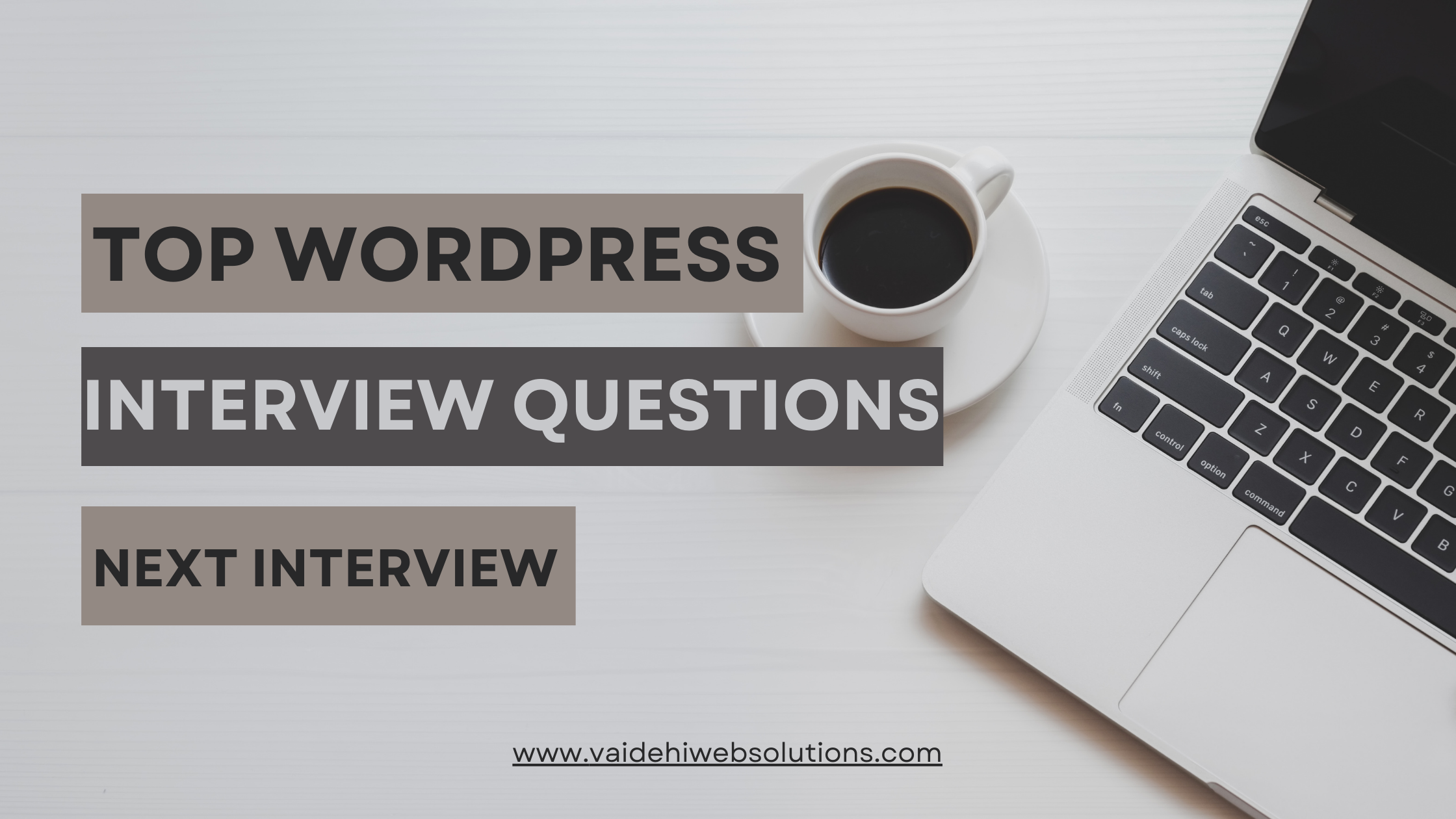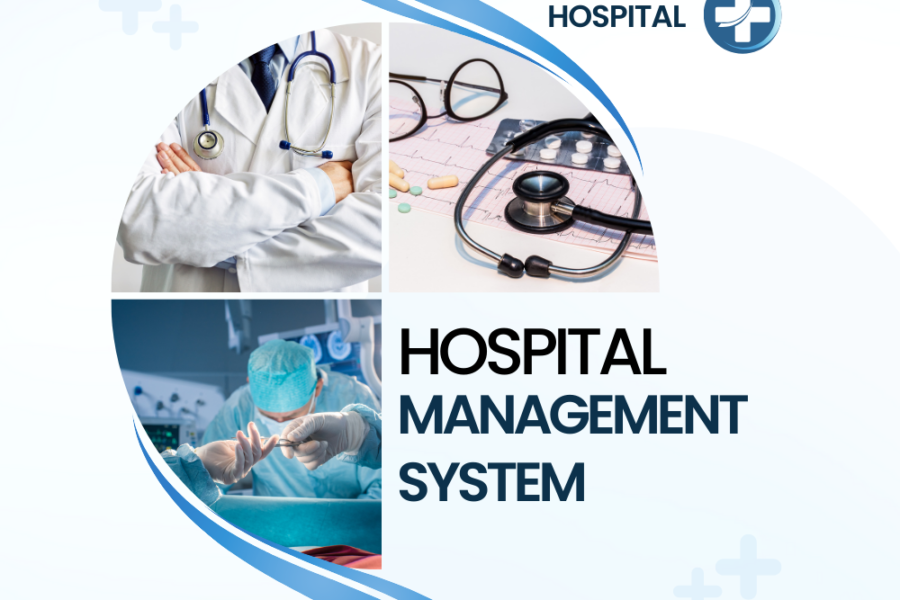
What is WordPress?
WordPress is an open-source content management system (CMS) based on PHP and MySQL. It is the most popular CMS in the world, powering over 40% of all websites on the internet. Originally designed as a blogging platform, WordPress has evolved into a versatile tool used for creating everything from simple blogs to complex e-commerce sites and large-scale enterprise websites.
Why Choose WordPress?
WordPress is favored for its flexibility, ease of use, and extensive plugin ecosystem. Here are some compelling reasons to choose WordPress:
- User-Friendly Interface: Even non-technical users can manage and update their websites easily.
- Customizable: With thousands of themes and plugins, you can tailor your site to meet specific needs.
- SEO-Friendly: WordPress offers a range of SEO tools and plugins that help improve site visibility.
- Community Support: A large community of developers and users provides extensive support and resources.
Essential WordPress Interview Questions
1. What Are WordPress Themes and Plugins?
Themes determine the overall design and layout of a WordPress site. They control aspects such as color schemes, widget locations, page templates, and fonts. Themes can be easily installed and switched from the WordPress dashboard.
Plugins are pieces of software that add specific features or functionalities to a WordPress site. Examples include SEO plugins, security plugins, and e-commerce plugins. Plugins can be installed from the WordPress Plugin Directory or uploaded manually.
2. How Do You Install WordPress?
There are several methods to install WordPress:
- One-Click Installation: Many hosting providers offer one-click WordPress installation through their control panels.
- Manual Installation: This involves downloading the WordPress package from wordpress.org, uploading it to the web server via FTP, creating a MySQL database, and running the WordPress installation script.
3. What is the Difference Between WordPress.com and WordPress.org?
WordPress.com is a hosted platform where your website is managed by WordPress. This includes server management, updates, and security. It offers both free and paid plans with varying levels of customization.
WordPress.org is a self-hosted platform where you download the WordPress software and install it on your own server. This option provides more control and flexibility but requires you to handle server management, updates, and security.
4. How Can You Improve WordPress Site Performance?
Improving WordPress site performance involves several strategies:
- Optimize Images: Use compressed and properly sized images to reduce load times.
- Use a Caching Plugin: Caching plugins like WP Super Cache or W3 Total Cache can significantly speed up your site.
- Minimize Plugins: Deactivate and delete unnecessary plugins to reduce server load.
- Optimize Database: Regularly clean up your WordPress database to remove unnecessary data.
- Use a Content Delivery Network (CDN): CDNs distribute your site’s static files across multiple servers worldwide, reducing load times for users.
5. How Do You Secure a WordPress Site?
Securing a WordPress site involves multiple layers of protection:
- Regular Updates: Always keep WordPress core, themes, and plugins up to date.
- Strong Passwords: Use strong, unique passwords for all accounts.
- Two-Factor Authentication (2FA): Implement 2FA to add an extra layer of security.
- Security Plugins: Use plugins like Wordfence or Sucuri to add robust security features.
- Backup Regularly: Regular backups ensure you can quickly restore your site in case of a security breach.
6. What is the WordPress Loop?
The WordPress Loop is a PHP code used by WordPress to display posts. The Loop processes each post to be displayed according to specified criteria and formats it as defined in the theme. It is fundamental to WordPress theme development.
7. How Do You Create a Child Theme in WordPress?
Creating a child theme involves:
- Creating a New Directory: Create a new directory in the
wp-content/themesfolder. - Creating a Stylesheet: In this new directory, create a
style.cssfile and add the necessary header information. - Functions File: Create a
functions.phpfile to enqueue the parent theme’s stylesheet. - Customization: Add any custom styles or functions to the child theme.
8. What is the Difference Between Posts and Pages in WordPress?
Posts are dynamic content typically displayed in reverse chronological order on the blog page. They are used for articles, news, and updates.
Pages are static content such as About, Contact, and Home pages. They are not listed by date and do not use categories or tags.
9. How Do You Migrate a WordPress Site?
Migrating a WordPress site involves:
- Backup: Create a complete backup of the site files and database.
- Transfer Files: Upload the site files to the new server via FTP.
- Import Database: Import the database to the new server’s database.
- Update Configurations: Update the
wp-config.phpfile with the new database details. - Update URLs: Use a search and replace tool to update any old URLs in the database.
10. What is Gutenberg?
Gutenberg is the block editor introduced in WordPress 5.0. It allows users to create content using blocks, providing a more visual and flexible editing experience compared to the classic editor. Each block can be customized, rearranged, and styled independently.
11. What are Custom Post Types?
Custom Post Types (CPTs) extend WordPress’s default post and page functionalities. They allow developers to create different types of content beyond the standard posts and pages, such as portfolios, testimonials, and products. CPTs can be registered using the register_post_type() function in the theme’s functions.php file.
12. How Do You Create a Custom Widget in WordPress?
Creating a custom widget involves:
- Registering the Widget: Use the
widgets_initaction hook to register the widget. - Extending the WP_Widget Class: Create a class that extends the
WP_Widgetclass. - Defining the Widget Structure: Define the widget’s constructor, form, update, and display methods.
13. What is WP-CLI?
WP-CLI is a command-line interface for managing WordPress installations. It allows developers to perform various tasks, such as updating plugins, managing users, and importing/exporting data, without using a web browser.
14. How Do You Handle WordPress Errors?
Handling WordPress errors involves:
- Enabling Debugging: Enable debugging in the
wp-config.phpfile by settingdefine('WP_DEBUG', true);. - Error Logs: Check the error logs for specific error messages.
- Troubleshooting Plugins and Themes: Deactivate all plugins and switch to a default theme to isolate the issue.
- Reinstall Core Files: Reinstall WordPress core files if necessary.



Recent Comments